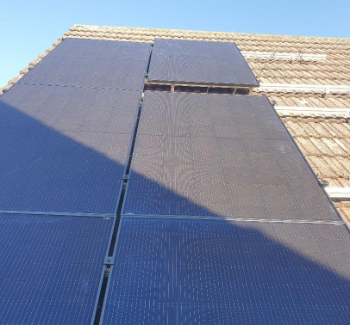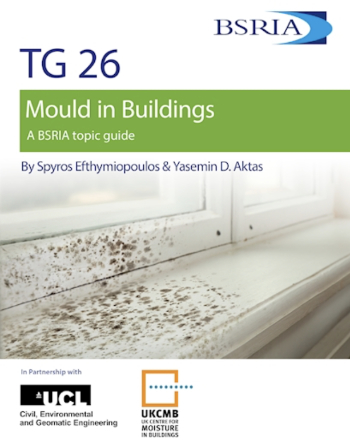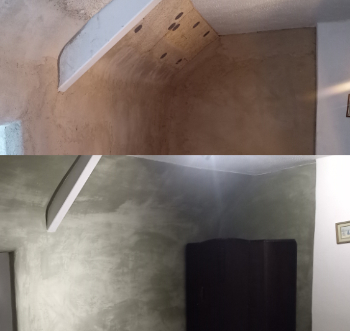Gas springs
Gas springs are complex creations, and it is vital that those who make use of them understand both how they actually work, and how they can meet the needs of a variety of operations. Unlike a traditional metal spring, a gas spring makes use of compressed gas to achieve the required force.
The gas within these springs is often introduced through a Schrader type valve. This is a valve that consists of a brass tube that is threaded on the exterior, with a metal pin that is located flush along the axis of the tube and the valve body. The valve generally makes use of a lip seal around the rod, and the gas is forcefully injected through the tube, using either external high pressures or a mechanical gasket that is known as an O-ring system. Usually contained within a cylinder, this gas is compressed by a piston when any dynamic effect is required.
In gas springs, where the interior plunger also possesses a diaphragm that is sufficient to extend to the edge of its housing tube, the spring will become immobile once it is subjected to a consistent force. This results in the spring being able to support a weight in the manner of a more traditional spring.
Slow dampened springs exploit a small hole in this plunger which allows them to be used on heavy windows and doors, whilst quick gas springs are modified for faster operations such as air guns.
When the gas volume is decreased, the internal pressure of the tube is reduced by either an end stop or a sliding mechanism. This, in turn, allows the properties of a gas spring to be adjusted even when it is in use.
Particularly powerful gas springs can actually be used as a power pack (a unit for converting a power supply), as the high levels of pressure they contain can be translated into usable energy. In emergencies, this gas can also be introduced through a gas generator cell, in a similar manner to those used in airbags.
These springs are ideal for controlled movement without the addition of extra energy. As a safety precaution, these springs contain nitrogen gas because nitrogen cannot explode and is non-toxic. However, because these springs have high pressure, they should not be opened unless instructed by an expert.
These springs are used in a wide range of applications including hatches, car hatches and bonnets, chairs, beds and windows.
--European Springs and Pressings Ltd
[edit] Related articles on Designing Buildings Wiki
Featured articles and news
A must-attend event for the architecture industry.
Caroline Gumble to step down as CIOB CEO in 2025
After transformative tenure take on a leadership role within the engineering sector.
RIDDOR and the provisional statistics for 2023 / 2024
Work related deaths; over 50 percent from constructuon and 50 percent recorded as fall from height.
Solar PV company fined for health and safety failure
Work at height not properly planned and failure to take suitable steps to prevent a fall.
The term value when assessing the viability of developments
Consultation on the compulsory purchase process, compensation reforms and potential removal of hope value.
Trees are part of the history of how places have developed.
The increasing costs of repair and remediation
Highlighted by regulator of social housing, as acceleration plan continues.
Free topic guide on mould in buildings
The new TG 26/2024 published by BSRIA.
Greater control for LAs over private rental selective licensing
A brief explanation of changes with the NRLA response.
Practice costs for architectural technologists
Salary standards and working out what you’re worth.
The Health and Safety Executive at 50
And over 200 years of Operational Safety and Health.
Thermal imaging surveys a brief intro
Thermal Imaging of Buildings; a pocket guide BG 72/2017.
Internally insulating a historical building
An experimental DIY approach using mineral thermal lime plaster.
Tree species selection for green infrastructure: A guide for specifiers.
The future of the Grenfell Tower site
Principles, promises, recommendations and a decision expected in February 2025.























